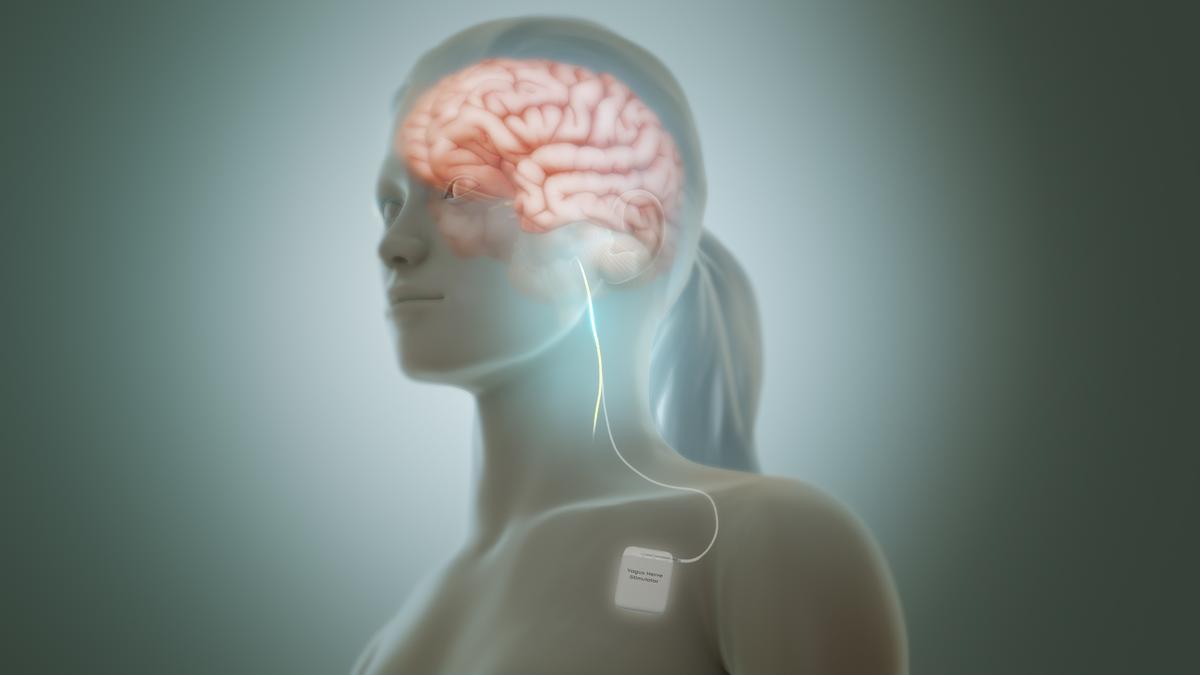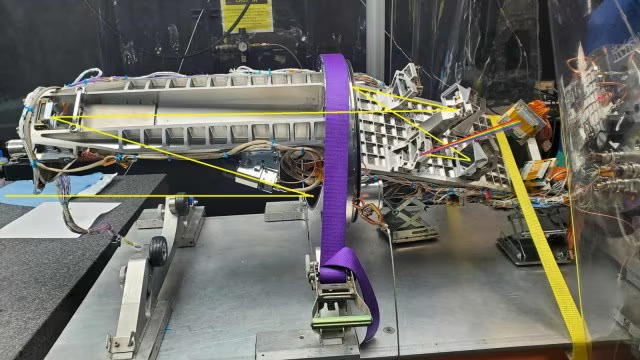



Researchers from multiple universities have discovered a new quantum state in twisted graphene, where the electrons exhibit unusual behavior, potentially revolutionizing quantum computing and room-temperature superconductivity. By twisting the graphene, they created a moiré effect, altering electron movement. This breakthrough could stabilize qubits and progress materials science and energy storage.

Copyright infringement not intended
Picture Courtesy: SCIENCE ALERT
Researchers discover new quantum states in twisted graphene, revealing unusual electron behavior, potential for quantum computing and room-temperature superconductivity.
Potential applications of graphene:
Researchers from the University of British Columbia, the University of Washington, Johns Hopkins University, and the National Institute for Materials Science in Japan have discovered a new state of matter in graphene.
It confirms theoretical projections about how electrons behave when confined in specific crystalline arrangements. It could also provide new insights into developing reliable quantum computing methods or achieving room-temperature superconductivity.
They twisted the graphene sheets in a specific way, to create a moiré effect. This twisting forced the electrons to move through a unique landscape, altering their behavior and leading to the formation of a new type of electron crystal.
What is a moiré effect?A moiré effect occurs when two patterned layers, like mesh screens, overlap and create new patterns due to their alignment. In graphene, twisting the sheets creates a moiré pattern that disrupts the electrons' movement, and changes the electrons' speed. |
Unlike conventional Wigner crystals, where electrons freeze into a rigid, and stop conducting electricity, this new topological electron crystal can still conduct electricity along its edges.
This discovery opens up new possibilities for creating more stable quantum computing units, as these electron states could make qubits more resistant to external disturbances.
The research could lead to advancements in low-resistance conductivity and room-temperature superconductors. It also unlocked entirely new areas of physics and materials science.
Must Read Articles:
Source:
|
PRACTICE QUESTION Q.In the question given below, there are two statements marked as Assertion (A) and Reason (R). Mark your answer as per the codes provided: Assertion (A): Graphene is stronger than steel. Reason (R): Graphene has a hexagonal lattice structure with strong covalent bonds. Which of the options given below is correct? A) Both A and R are true, and R is the correct explanation for A. B) Both A and R are true, but R is not the correct explanation for A. C) A is true, but R is false. D) A is false, but R is true. Answer: A Explanation: Graphene is stronger than steel, and its extraordinary strength comes from its hexagonal lattice structure of carbon atoms bonded by very strong covalent bonds. This unique arrangement is the reason behind graphene's high tensile strength compared to steel. |






© 2025 iasgyan. All right reserved